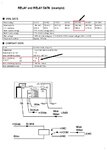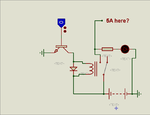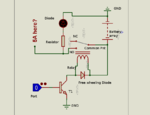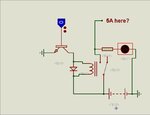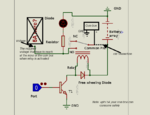poxkix
Member level 5
Checked the suggested threads but I still need more explanation.
I have a 5A 12v relay. What does this 5amps mean, the amps needed to switch the relay on or it is an output related value from the relay?
I have a 5A 12v relay. What does this 5amps mean, the amps needed to switch the relay on or it is an output related value from the relay?
